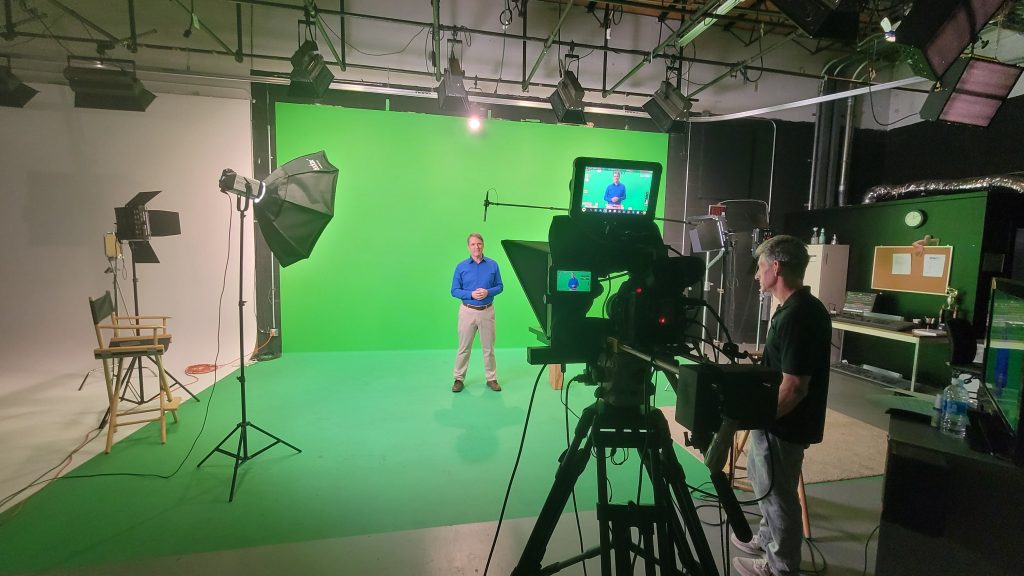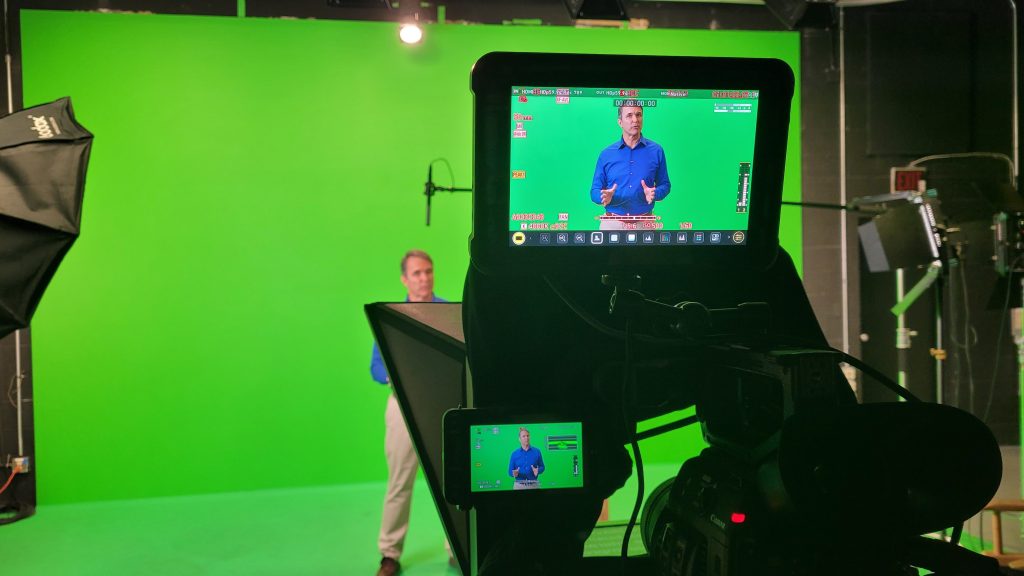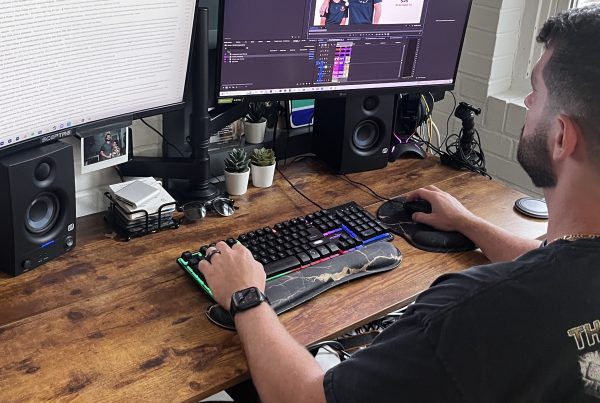Training videos are a powerful tool for knowledge retention, onboarding new employees, and upskilling your workforce.
But with so much information to convey, creating engaging and compelling videos that resonate with your audience is crucial.
At ThinkSpark, a leading producer of training videos based in Jacksonville, Florida, we excel in transforming your training needs into captivating video experiences. With our expertise and experience, you can trust us to deliver high-quality training videos that meet your objectives.
This blog will guide you through the comprehensive process of training video production at ThinkSpark, from brainstorming concepts to the final edit. Our thorough roadmap ensures that every step of the production is carefully considered, resulting in creative, motivating training videos that work for you.

1. Concept Development When Producing Training Videos
The first step is defining your training video goals. What specific skills or knowledge do you want learners to gain? Who is your target training video audience? Are they new hires, seasoned professionals, or a mix?
Once you clearly understand your objectives, you can begin brainstorming concepts. Here are some questions to consider:
- What format will work best? Will the training video productions be hosted, narrated, or animated?
- What tone should the video have? Should your training video production be formal and informative or more casual and engaging?
- What length is ideal? Shorter videos (under 5 minutes) keep audiences throughout, but longer videos are necessary for complex topics.
2. Scriptwriting: Crafting a Compelling Narrative in Your Produced Training Videos
Scriptwriting is the backbone of your training video. It’s not just about words on a page but about crafting a straightforward, concise, and engaging narrative that guides viewers through the learning process. At ThinkSpark, we understand the importance of this stage and ensure that your script is compelling and effective.
Here’s what the ThinkSpark creative team offers when producing your training videos:
- Simple, easy-to-understand language.
- A breakdown of complex topics into smaller, manageable steps.
- Incorporation of creative storytelling elements.
- A focus on active learning.
3. Casting: Finding the Right Personality for your Training Video Production
The right narrator or presenter can make or break your training video. They are the face and voice of your content, and their expertise, voice, and delivery can significantly impact the video’s effectiveness. ThinkSpark carefully considers these factors when casting for your training video.
- Expertise: Does the presenter have a strong understanding of the subject matter?
- Voice: Is the voice clear, calm, and engaging?
- Delivery: Can the presenter deliver the information in an informative and personable way?
With years of experience successfully casting for productions, ThinkSpark will provide individuals who will connect with your training video production audience on a personal level.
4. Videography & Cinematography: Capturing the Message Visually
Now, it’s time to bring the scripts to life! ThinkSpark’s experienced videographers specialize in creating high-quality visuals that complement your training video content.
Here are some ThinkSpark production techniques that work:
- B-roll footage: Use B-roll footage (supplemental footage) to break up talking head segments and add visual interest.
- Animations: Animation and specialty graphics can help visualize complex processes or concepts.
5. Post-Production & Editing: Polishing the Final Training Video Product
The magic happens in the editing and post-production process. Our skilled ThinkSpark video editors will ensure your training video is polished, engaging, and flows seamlessly. This process includes editing the footage, adding music and sound effects, and ensuring the video is accessible to all viewers.
Here are some critical aspects of ThinkSpark’s approach to Training Video Production
- Pacing: Maintain a good pace that keeps viewers engaged without overwhelming them with information.
- Adding music & sound effects: Enhance the viewing experience with music and sound effects that support the content.
- Call to action: Concluding the video with a clear call to action, such as directing viewers to additional resources or asking them to complete a task.
- Accessibility: We can ensure your video is accessible by including captions and transcripts for viewers with hearing impairments.

ThinkSpark: Your Partner in Training Video Success
At ThinkSpark, we’re not just a top producer of training videos—we’re your partner in success. We understand the importance of creating informative and engaging training videos. Our creative professionals will work closely with you, ensuring your vision is brought to life in every frame.
Frequently Asked Questions: Training Video Production
How much does it cost to produce training videos?
The cost of producing a training video can vary widely depending on several factors, including:
- Video Length: Longer videos typically require more production time and resources.
- Video Complexity: Videos with complex animations, special effects, or multiple locations will incur higher costs.
- Production Quality: High-quality videos with professional actors, directors, and equipment will be more expensive.
- Post-Production: Editing, sound design, and color grading can significantly impact the final cost.
To get a more accurate estimate, contact us. We can assess your specific needs, help you design a cost-effective program, and provide a tailored quote.
How much does it cost to edit training videos?
Production and editing costs are often bundled together in video production packages. However, editing is a crucial part of the process and can significantly impact the final quality of your video.
Factors affecting editing costs include:
- Video Length: Longer videos require more editing time.
- Number of Edits: Complex edits, such as transitions and effects, such as animation and color correction, can increase costs.
Where will the video be recorded?
The location for recording your training video will depend on your specific needs and the nature of the content. Here are some common options:
- Studio: A professional studio provides a controlled environment with high-quality lighting and sound equipment. This is ideal for scripted videos, interviews, or demonstrations that require precise control.
- On-Location: Recording on location allows you to capture authentic footage in real-world settings. This can be particularly effective for training videos that showcase specific processes or environments.
- Hybrid Approach: Combining studio and on-location shooting can provide the best of both worlds. You can use the studio for scripted segments and then film on location for practical demonstrations or interviews.
Ultimately, the best location for your training video will depend on your budget, the complexity of the content, and the desired visual style.Contact ThinkSpark today to discuss your training video production needs and discover how we can help you create a learning experience that gets results.




